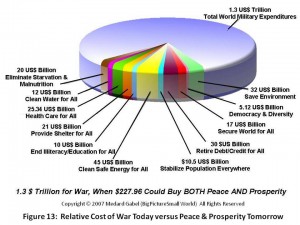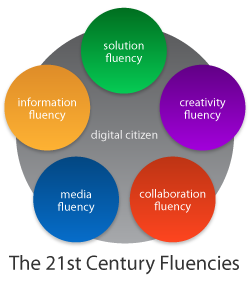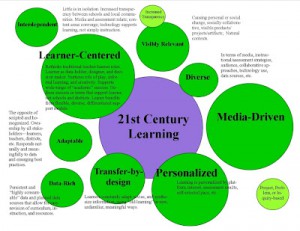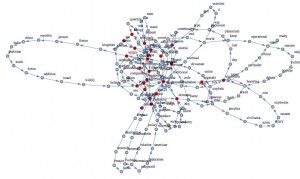
Living Under Drones: Death, Injury and Trauma to Civilians from US Drone Practices in Pakistan
This report is the result of nine months of research by the International Human Rights and Conflict Resolution Clinic of Stanford Law School (Stanford Clinic) and the Global Justice Clinic at New York University School of Law (NYU Clinic). Professor James Cavallaro and Clinical Lecturer Stephan Sonnenberg led the Stanford Clinic team; Professor Sarah Knuckey led the NYU Clinic team. Adelina Acuña, Mohammad M. Ali, Anjali Deshmukh, Jennifer Gibson, Jennifer Ingram, Dimitri Phillips, Wendy Salkin, and Omar Shakir were the student research team at Stanford; Christopher Holland was the student researcher from NYU. Supervisors Cavallaro, Sonnenberg, and Knuckey, as well as student researchers Acuña, Ali, Deshmukh, Gibson, Salkin, and Shakir participated in the fact-finding investigations to Pakistan.
EXTRACT (One Sentence from Each Summary Paragraph):
First, while civilian casualties are rarely acknowledged by the US government, there is significant evidence that US drone strikes have injured and killed civilians
Second, US drone strike policies cause considerable and under-accounted-for harm to the daily lives of ordinary civilians, beyond death and physical injury.
Third, publicly available evidence that the strikes have made the US safer overall is ambiguous at best.
Fourth, current US targeted killings and drone strike practices undermine respect for the rule of law and international legal protections and may set dangerous precedents.
Summary Recommendations:
Continue reading “DefDog: Living Under Drones – Outcomes in Pakistan”








